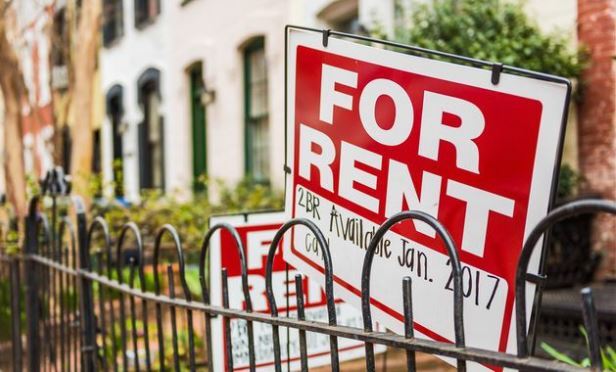Accidental Landlords Shake Up the Rental Market as Homeowners Pivot from Selling to Renting

Institutional landlords are facing increased competition from individual homeowners who are opting to rent their properties rather than continue to try to sell them in an increasingly difficult market. Rising supply, high mortgage rates and a drop in customer confidence are combining to keep potential buyers on the sidelines, frustrating sellers who are now opting to de-list their properties and offer them on the rental market.
These so-called ‘accidental landlords’ are competing directly with institutional investors in the rental space, particularly in markets where investors are highly concentrated, including Atlanta, Phoenix, Dallas, Houston, Tampa and Charlotte. These markets have seen rental inventory grow more than 20% over the past year, much of it from former owner-occupants, according to a CNBC report. Large investors like Invitation Homes, American Homes 4 Rent and Progress Residential hold more than 30% of their assets in those six markets, a Parcl Labs analysis said.
“When these home sellers cannot find buyers, they face three choices: delist and wait, cut price to find market clearing level, or convert to rental,” wrote Jesus Leal Trujillo, principal data scientist at Parcl Labs. “The last option creates what Parcl Labs terms ‘accidental landlords’: Owners who enter the single-family rental market not by design, but by necessity.”
For-sale inventory has been growing over the past year, particularly in the Sun Belt, which enjoyed a migration wave during the pandemic, said CNBC. As more owners opt to rent their properties, pricing power could diminish.
“You’re not going to see big reductions in rent, but maybe you won’t be able to get 4% or 5% increases on your rent. Maybe it’s just 1% to 2% in some cases,” said Haendel St. Juste, a senior equity research analyst at Mizuho Securities. “But the professional big guys, INVH, AMH, have been getting 4% to 5% renewal rates and 75% retention in their portfolio. So keeping people in their homes at 4% to 5% rent is a key part of their business model.”
The market has seen this type of activity before. In 2022, when mortgage rates doubled, there was a notable increase in the number of people who owned at least one other property besides their primary residence.
Meanwhile, the largest single-family REITs are selling more homes than they are buying as they deploy more funds into build-to-rent projects rather than compete with small investors and traditional homebuyers for resale properties, according to Parcl Labs. While this mitigates some risk, large landlords will have to weather some occupancy decline to optimize revenue and rental growth could be limited over the next year.
Source: GlobeSt/ALM